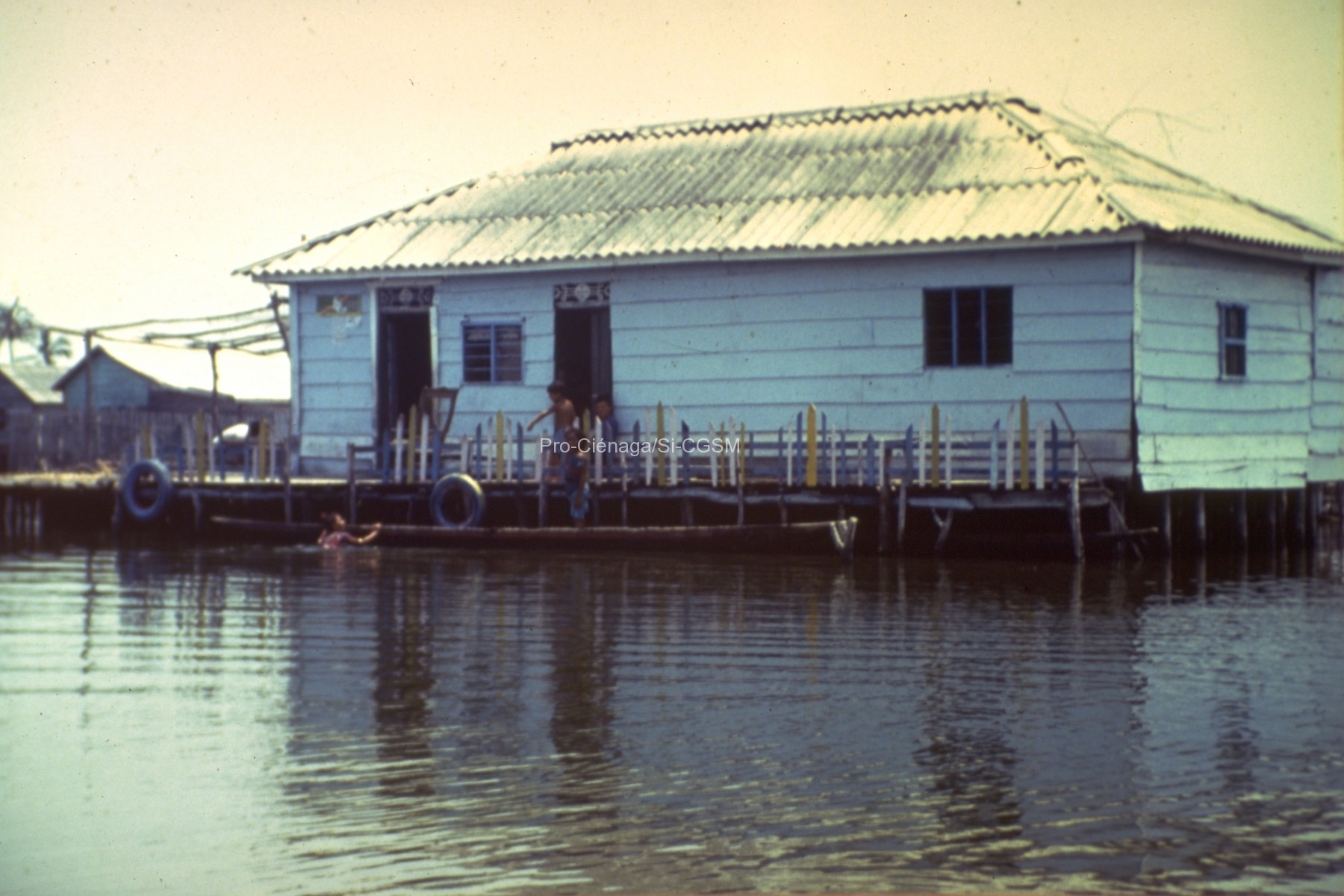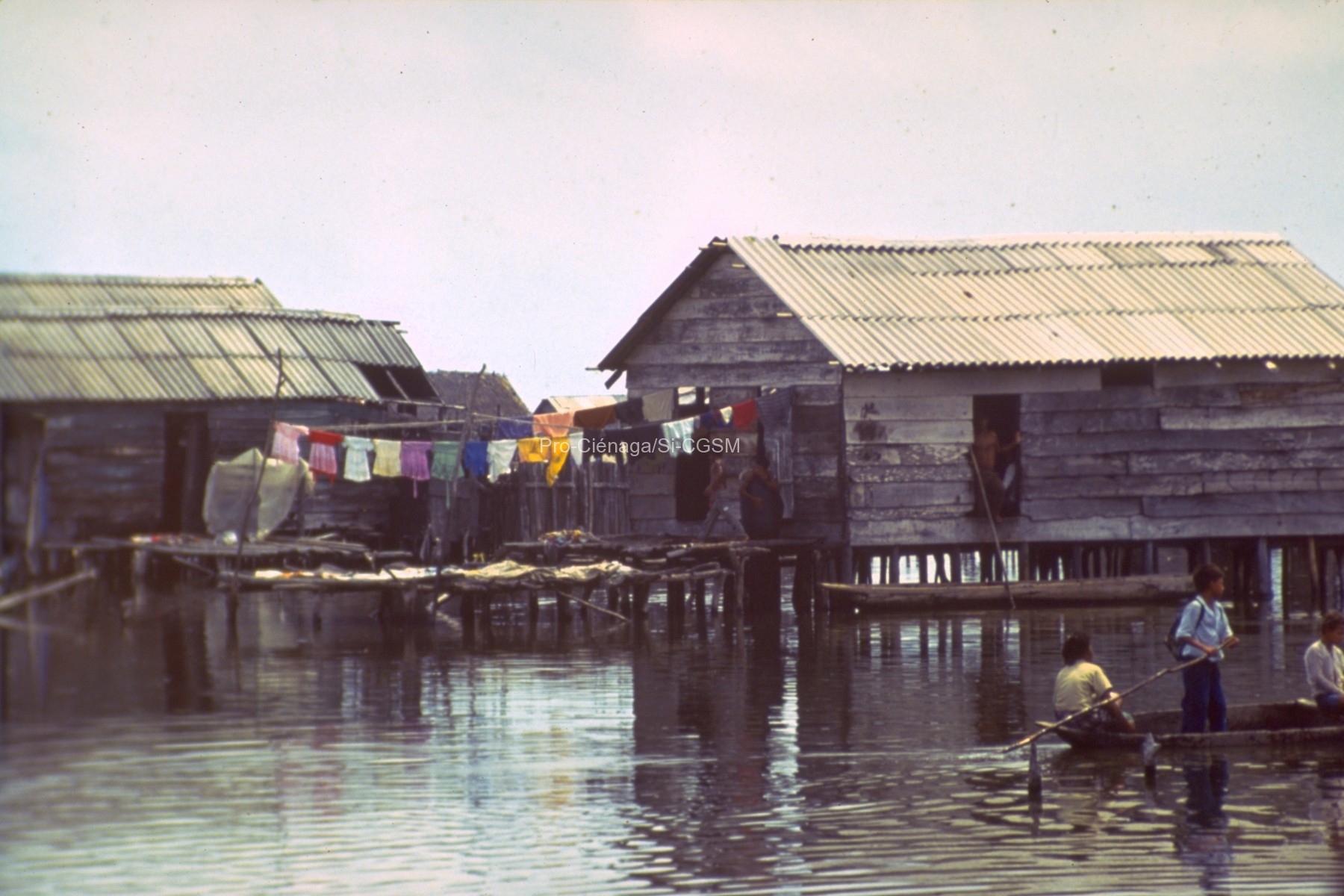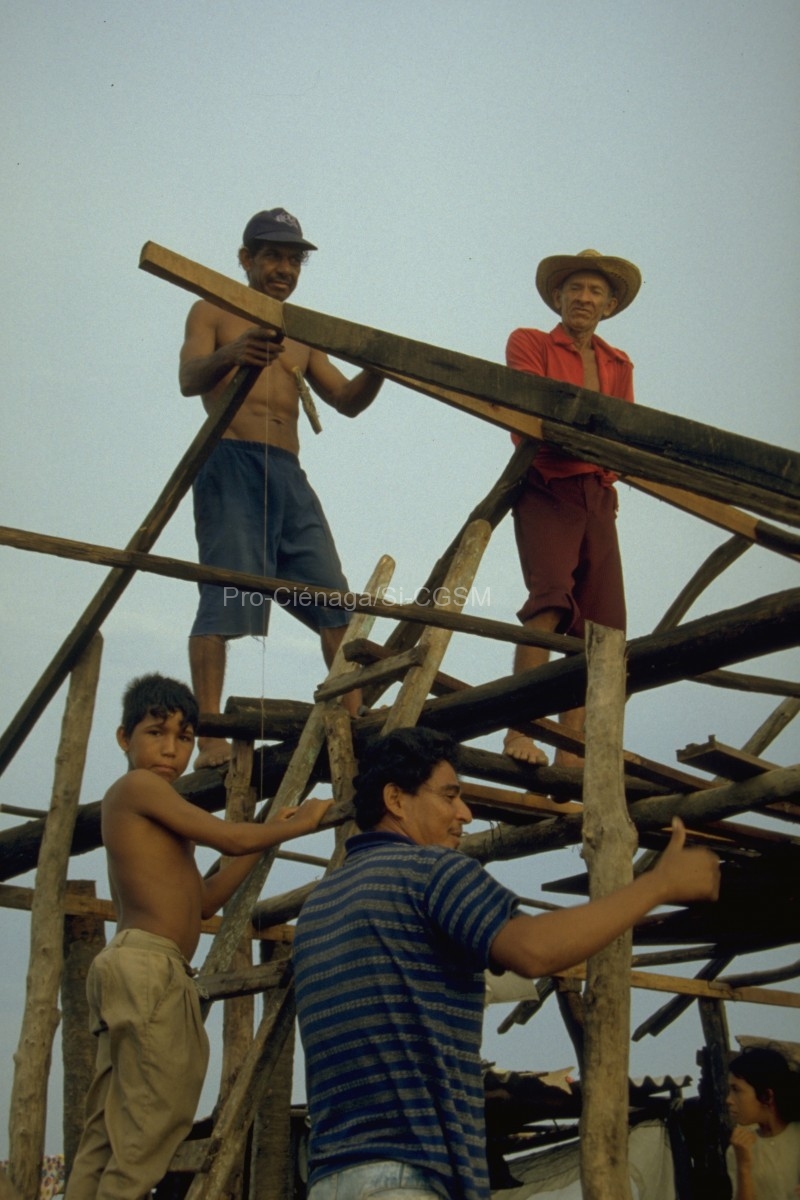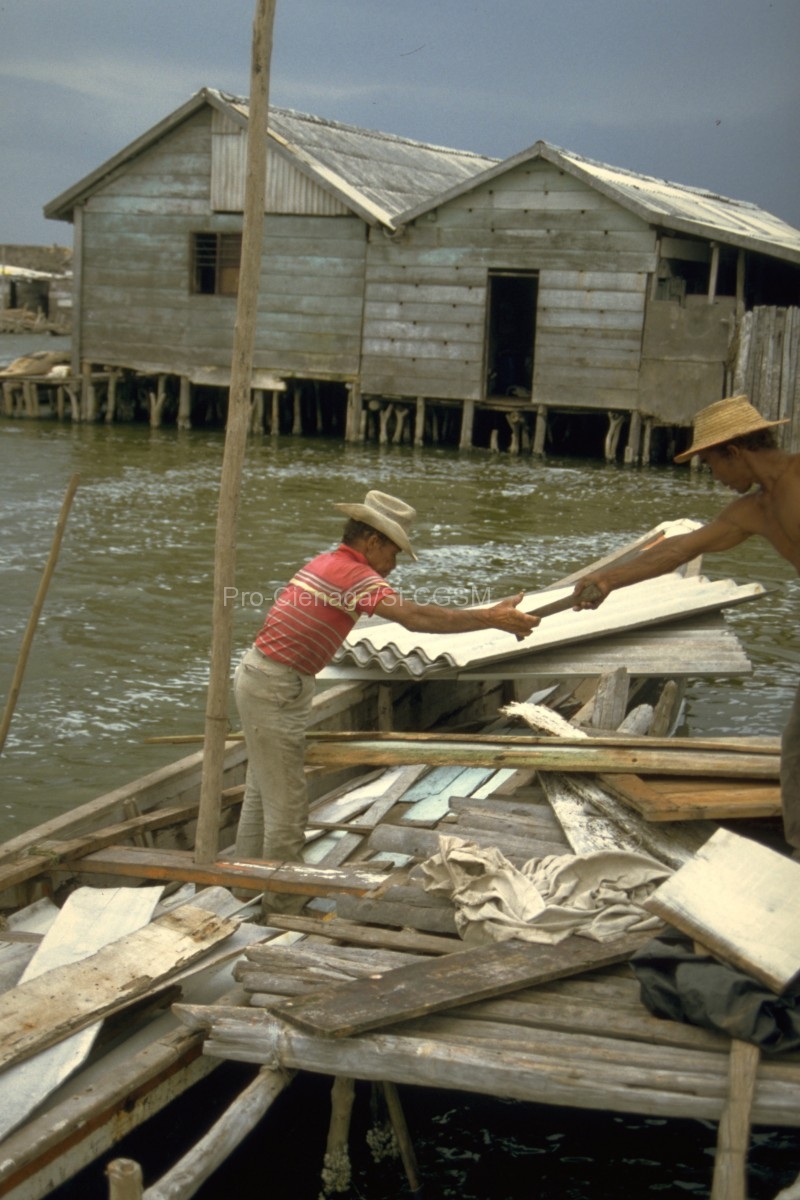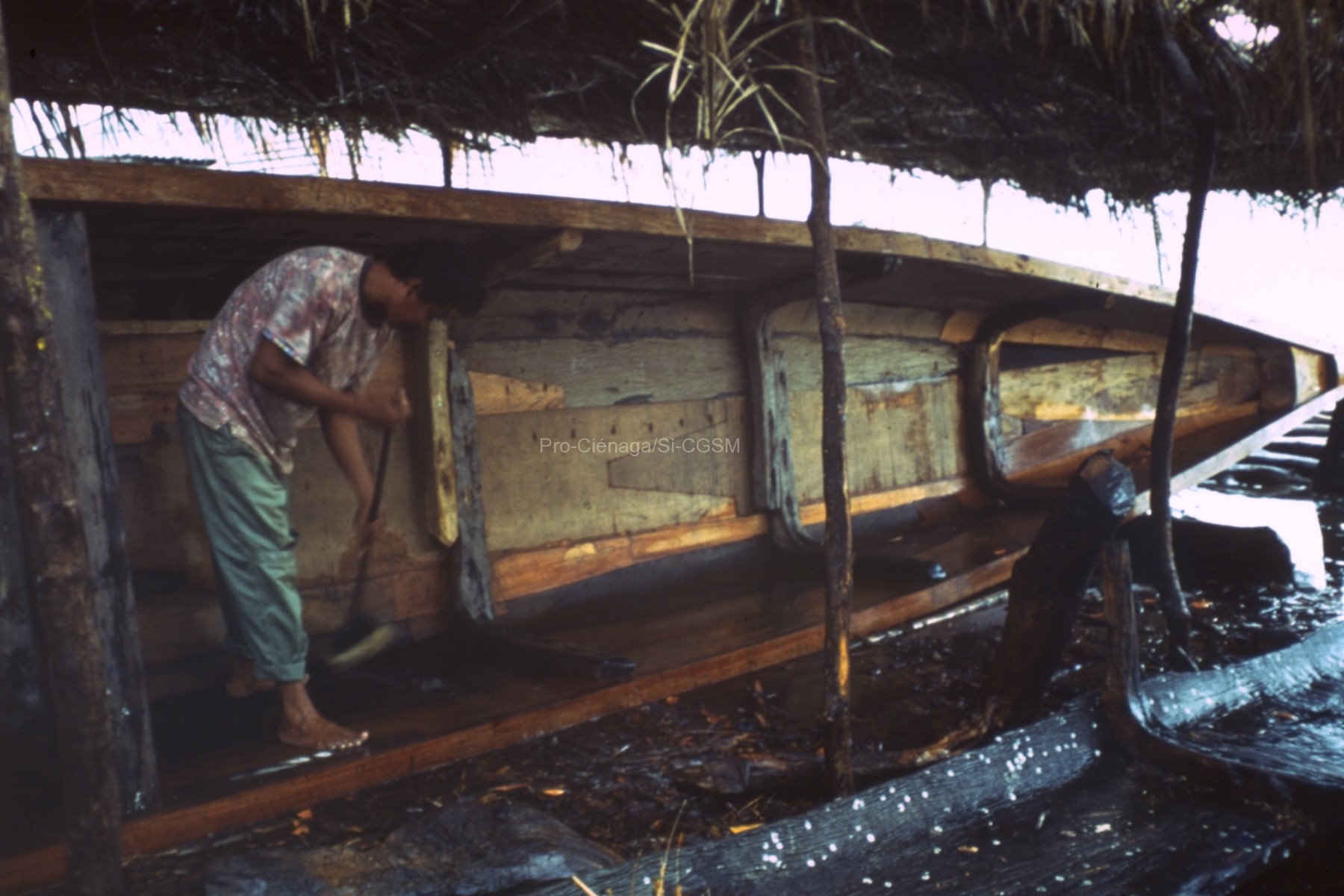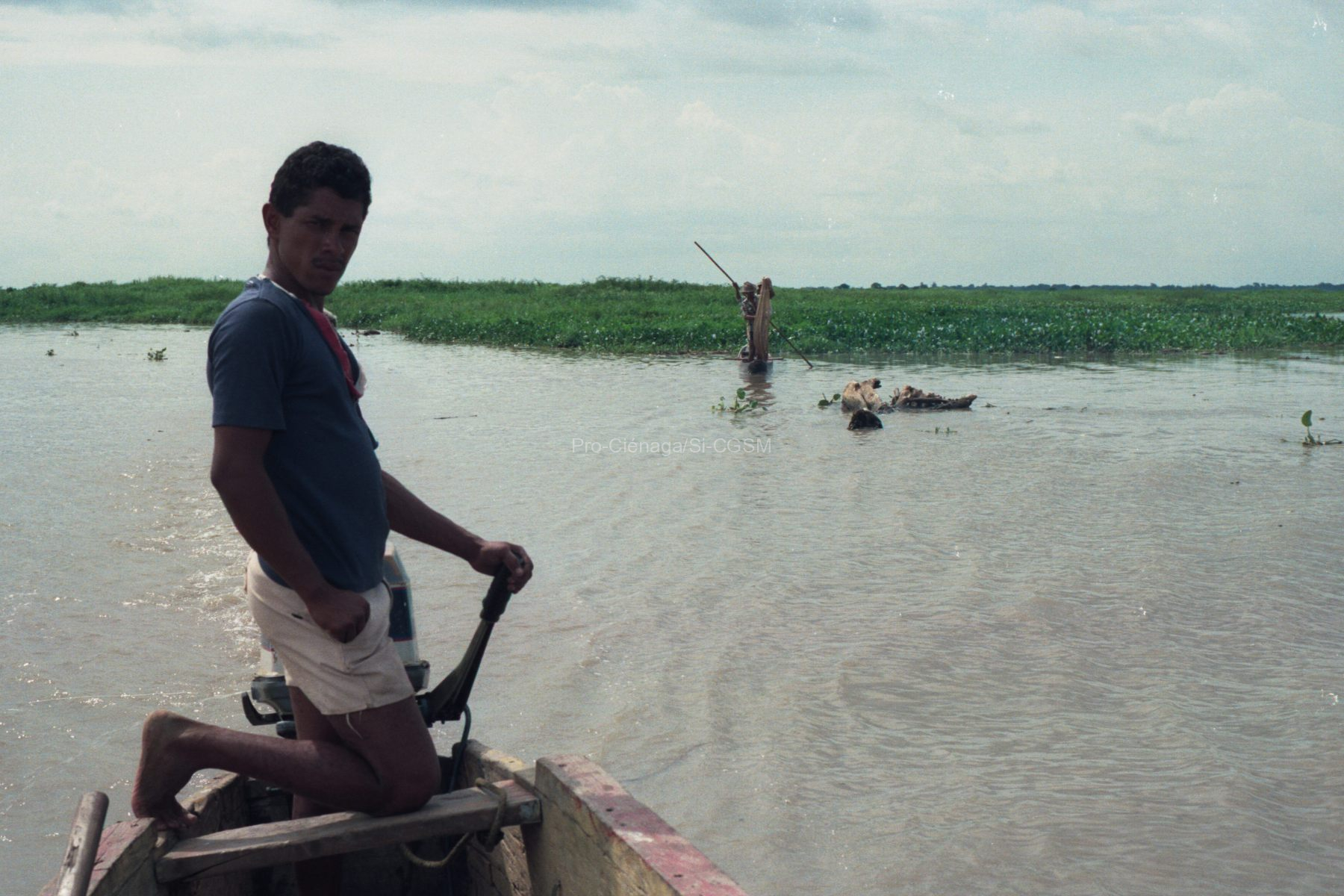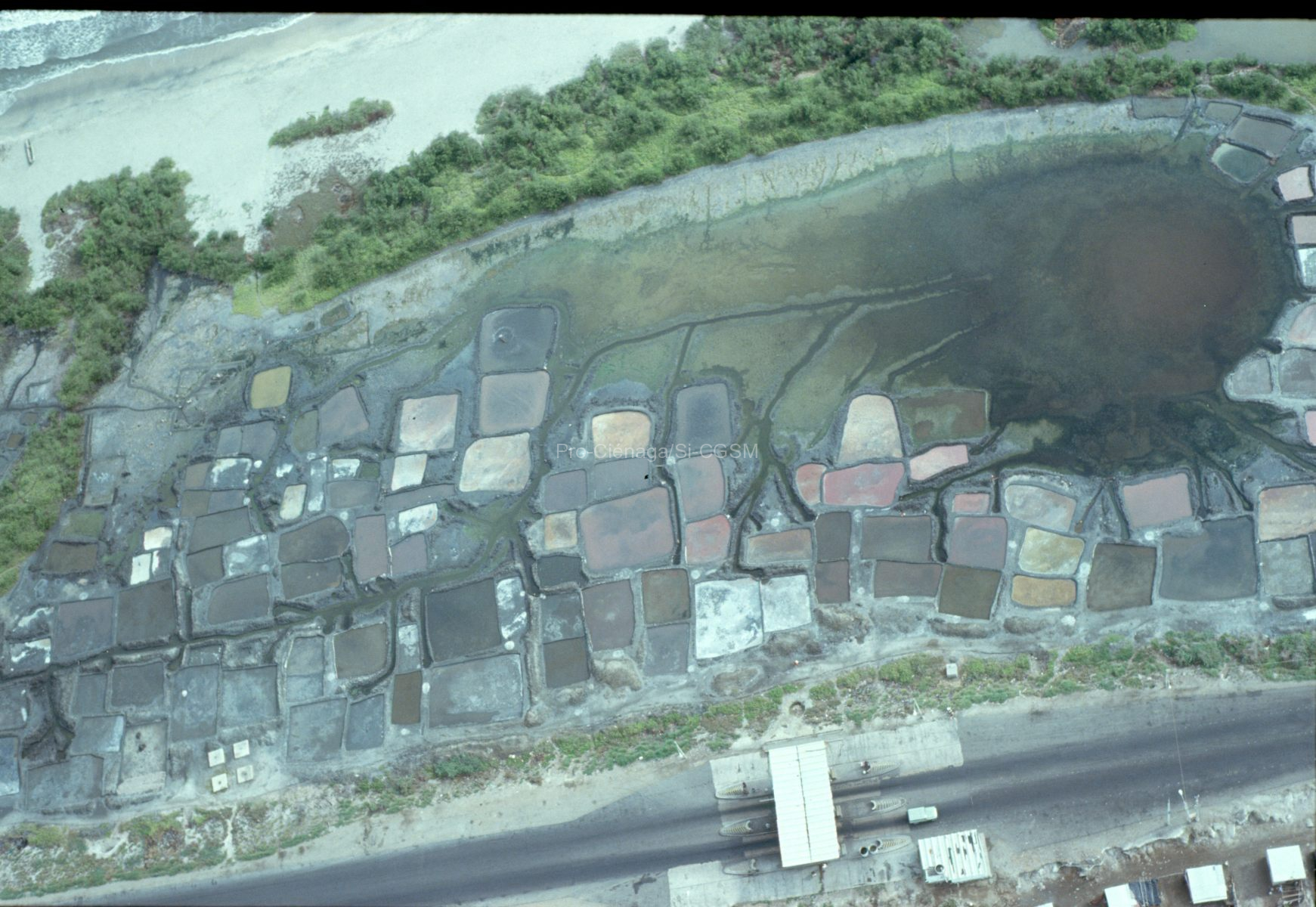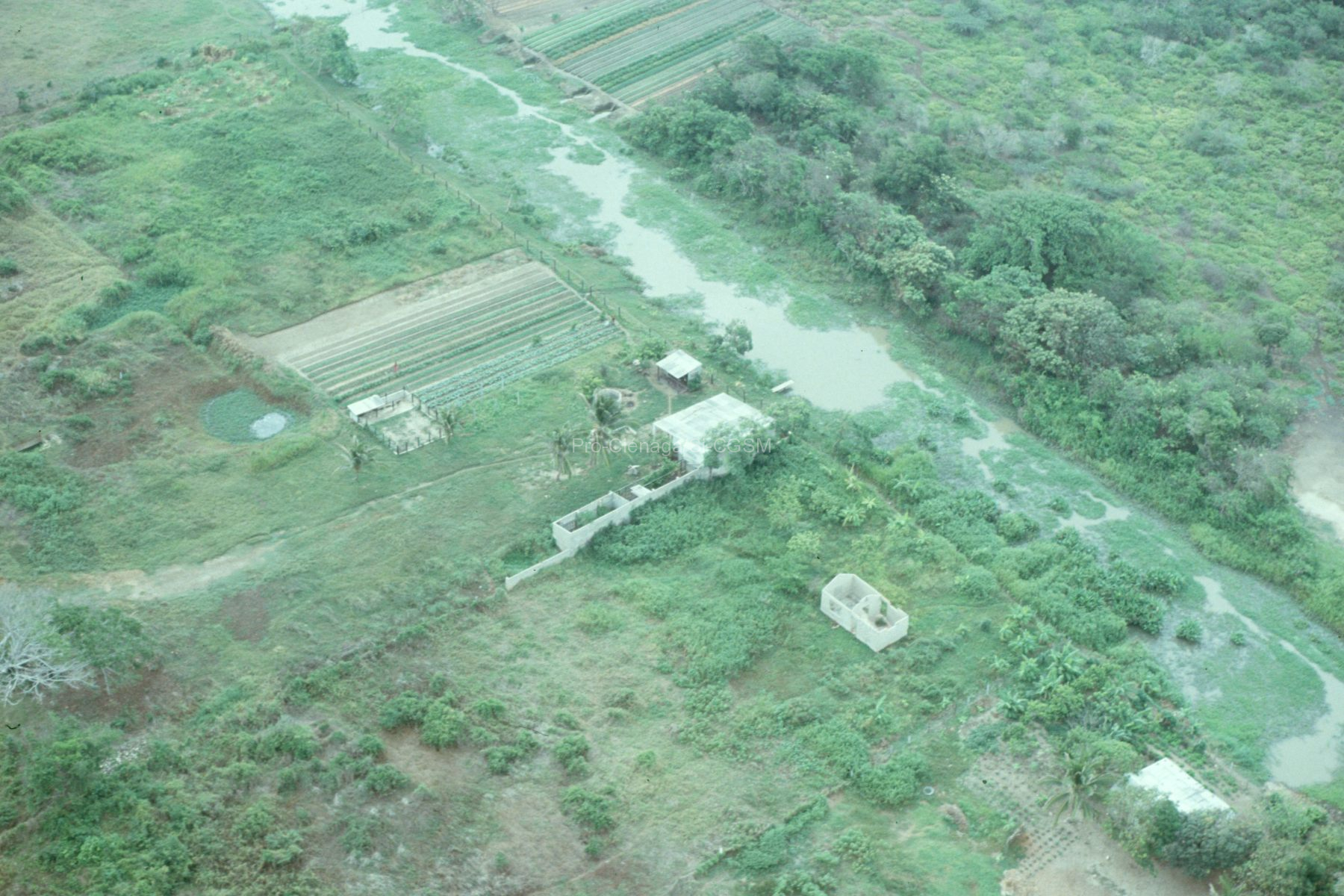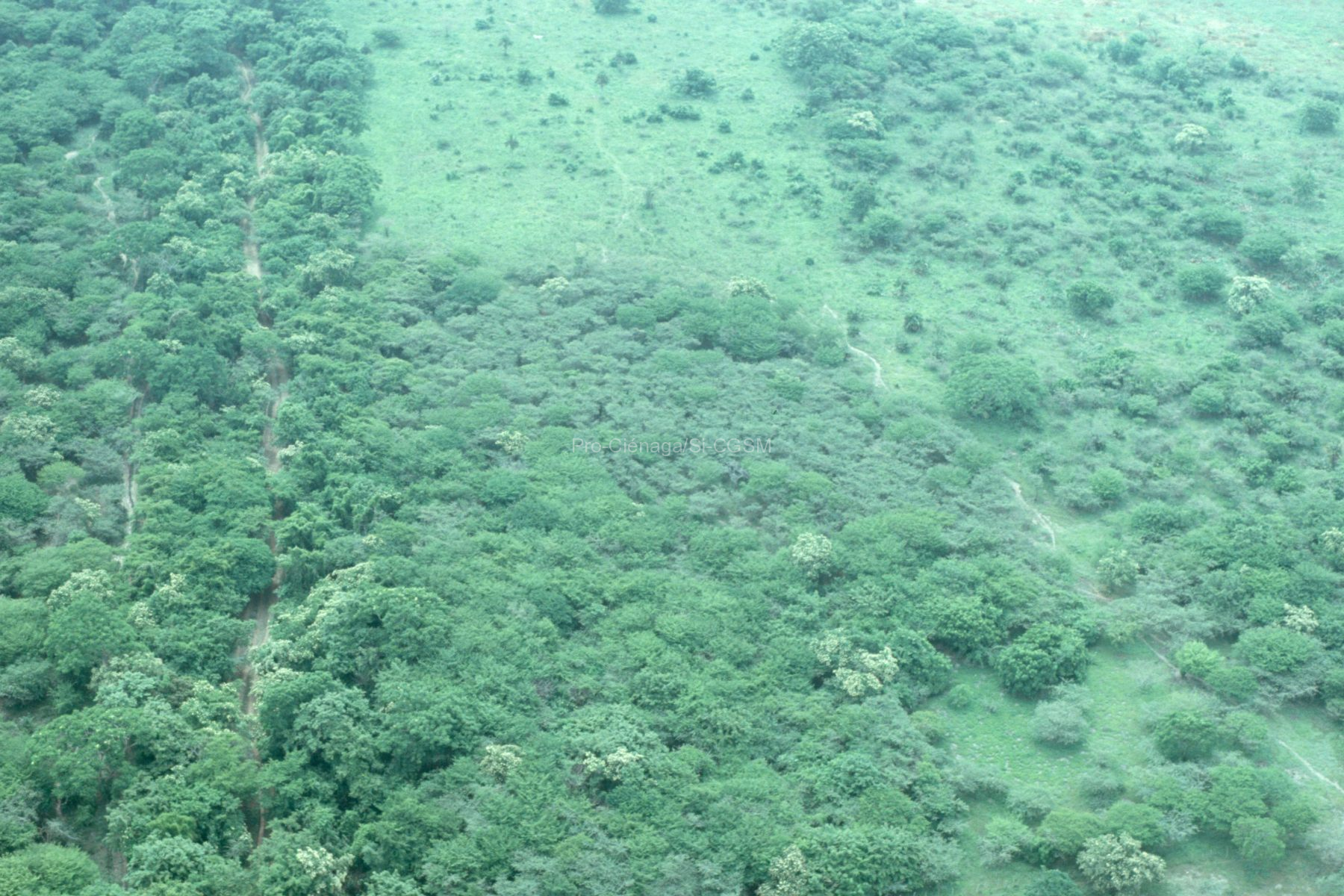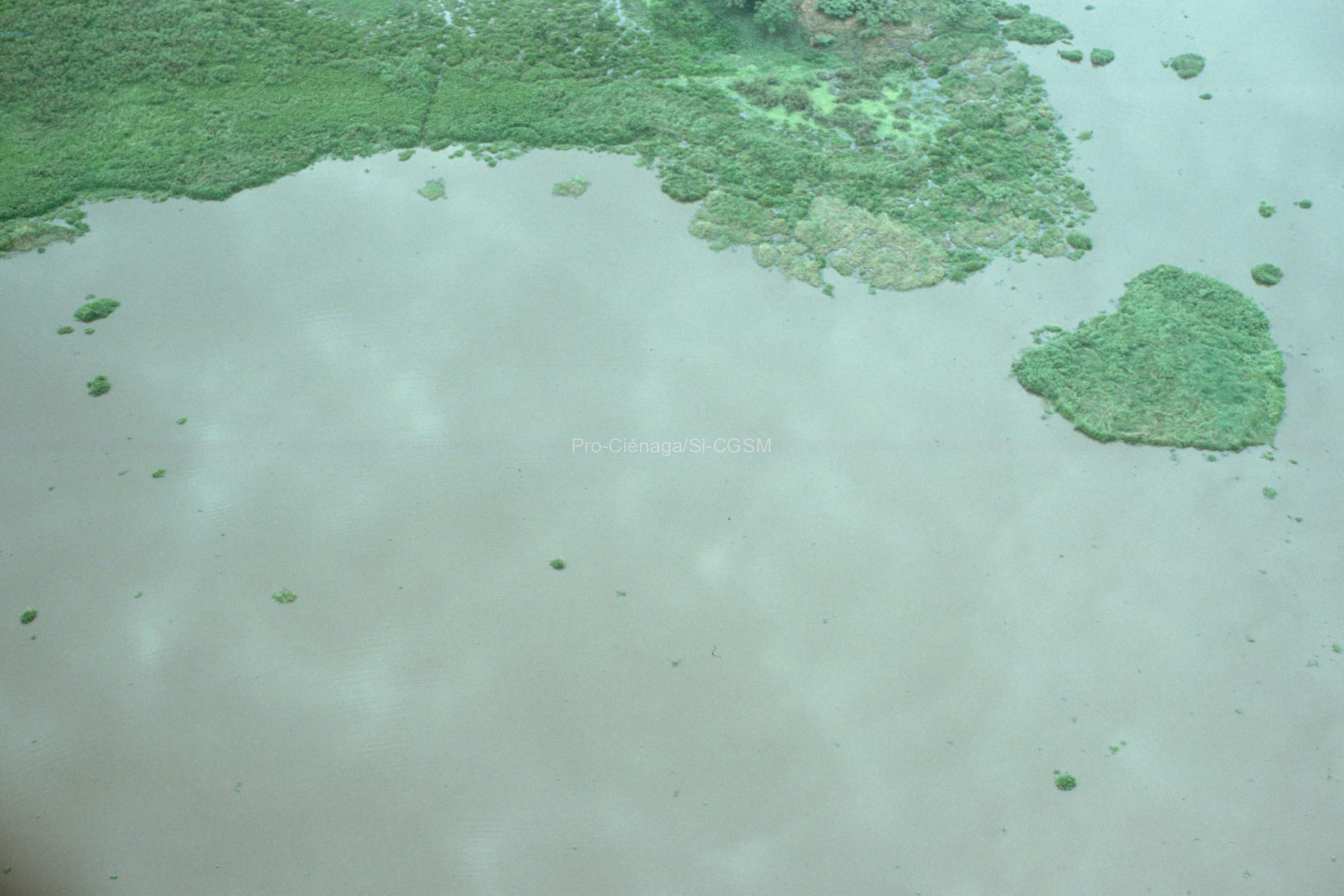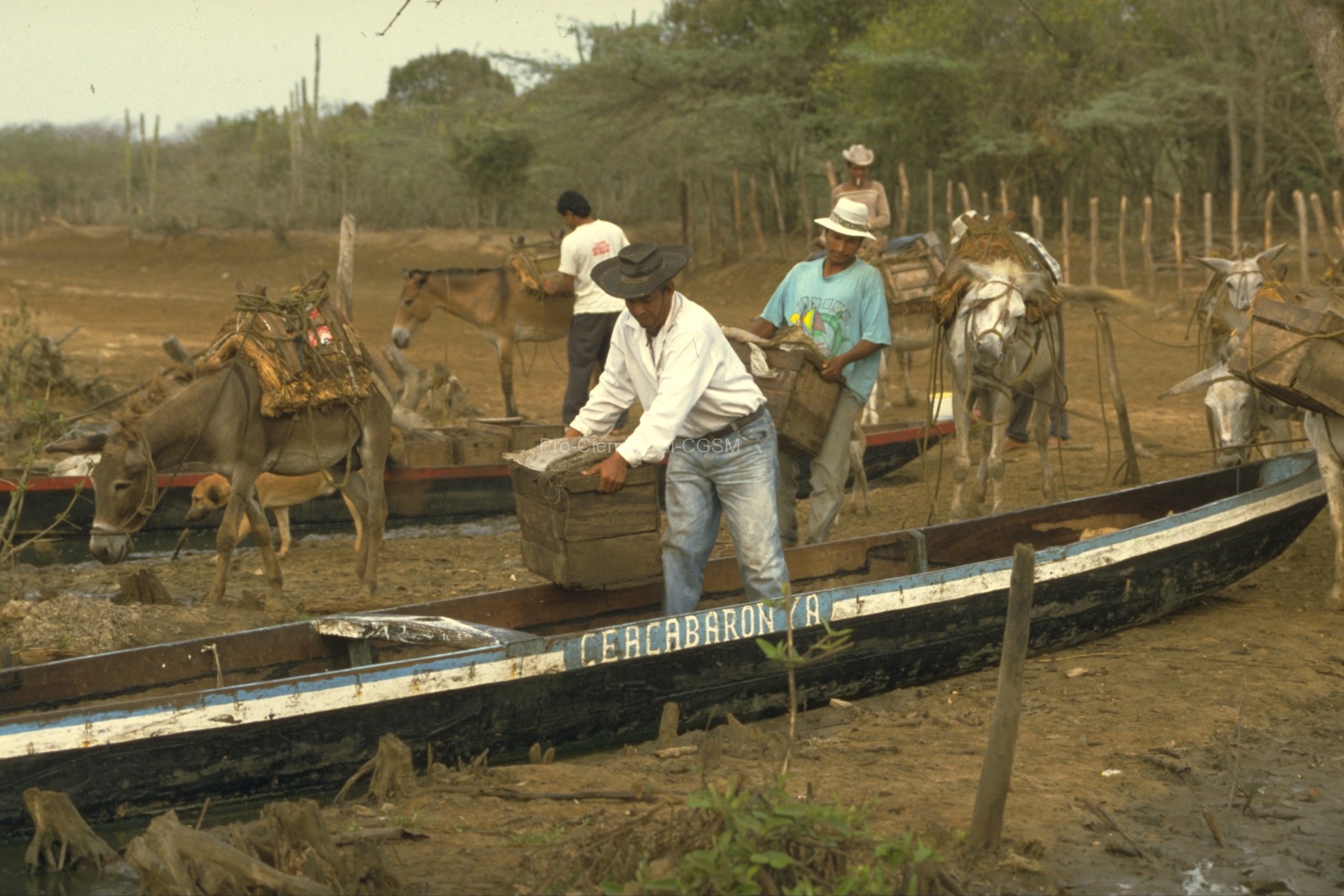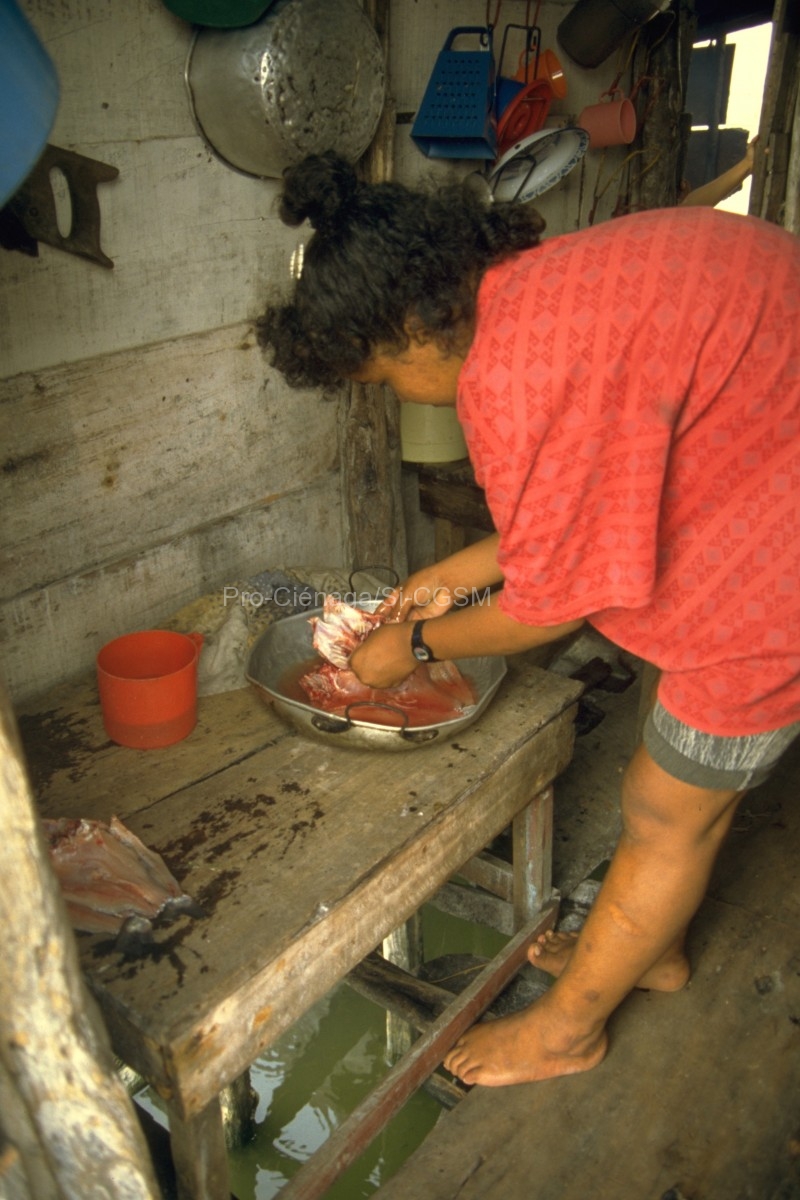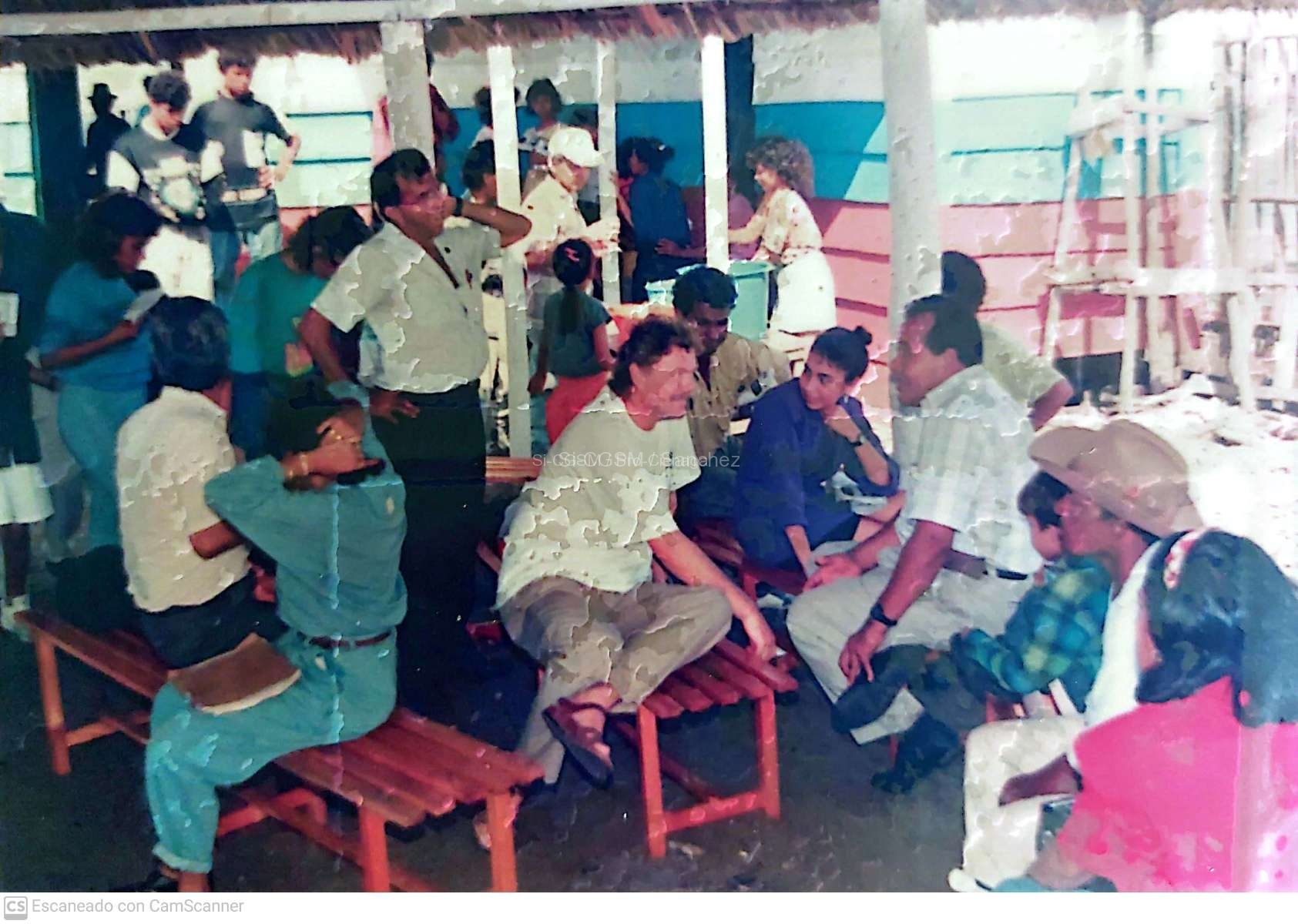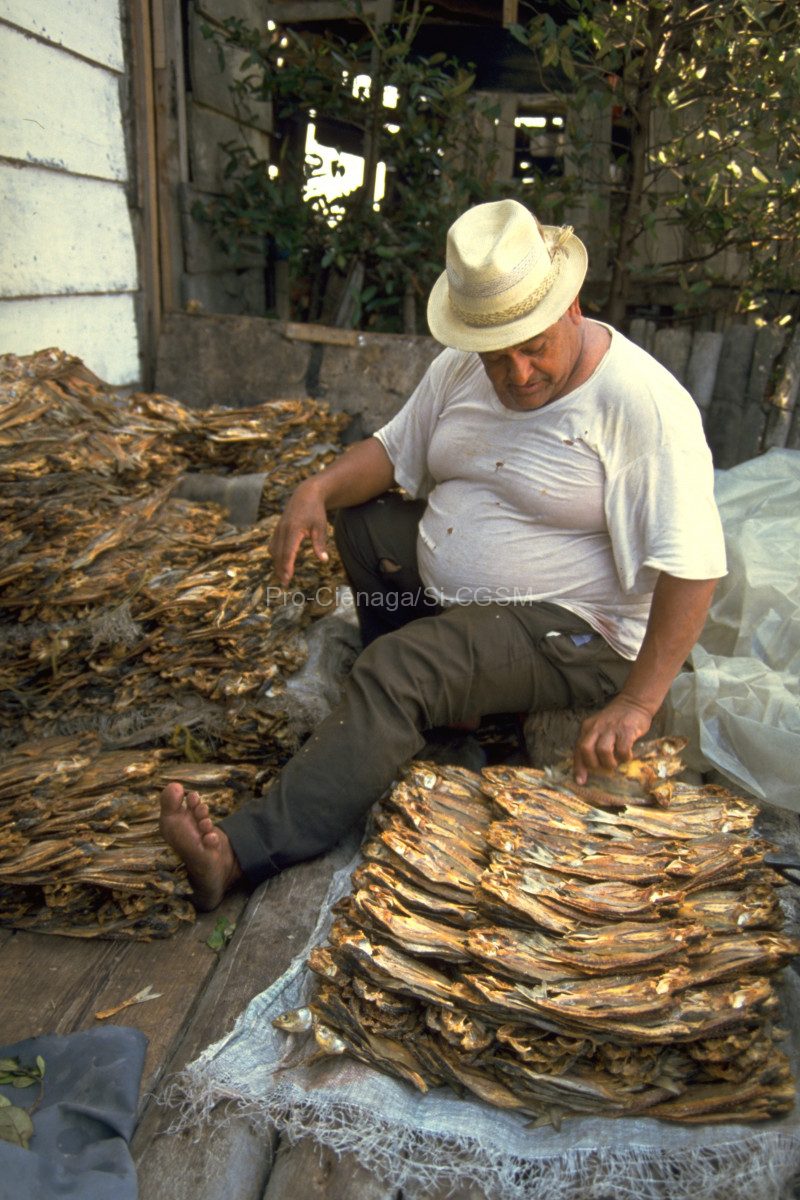De enero de 1978 a junio de 1979 se realizó un estudio taxonómico de los parásitos de 19 especies de peces, la mayoría de gran importancia...
Seguir leyendo...Artículo de revista académica
Galeano, M. L., & Romero, M. (1981a). Contribución al conocimiento de parásitos de peces en la Ciénaga Grande de Santa Marta, Colombia. II Parte. Boletín Museo del Mar, 40-53.
Se describen e ilustran 5 especies de parásitos pertenecientes a las familias Bucephalidae, Didymozoidae, Fellodistomatidae, Monorchiidae y Opecoelidae encontradas en 6 especies de peces en su...
Seguir leyendo...Galeano, M. L., & Romero, M. (1979a). Contribución al conocimiento de parásitos de peces de la Ciénaga Grande de Santa Marta: I. Familia Acanthocolpidae (Trematoda: Digenea). An. Inst. Invest. Mar. Punta Betín, 11, 195-217.
http://boletin.invemar.org.co:8085/ojs/index.php/boletin/article/view/625/611 Se describen y se ilustran seis especies de parásitos pertenecientes a la familia Acanthocolpidae encontradas en 19 especies de peces en su mayoría de considerable...
Seguir leyendo...Fuentes-Reines, J. M., Zoppi de Roa, E., Morón, E., Gámez, D., & López, C. (2012). Contribution to the knowledge of the Cladocera fauna (Crustacea: Branchiopoda) in the Ciénaga Grande de Santa Marta, Colombia. Bol. Invest. Mar. Cost. – INVEMAR, 41(1), 121-164.
http://www.scielo.org.co/pdf/mar/v41n1/v41n1a07.pdf Se analizaron 108 muestras recolectadas entre marzo y noviembre de 2009 provenientes de macrófitas y aguas abiertas de la costa oriental de la Ciénaga Grande...
Seguir leyendo...Fuentes-Reines, J. M., & Zoppi de Roa, E. (2013). Occurence of Elaphoidella grandidieri (Guerne and Richard, 1893) (Crustacea: Copepoda: Harpacticoida) in Ciénaga Grande de Santa Marta, Colombia. Check List, 9(6), 1580-1583.
https://doi.org/10.15560/9.6.1580 The occurrence of Elaphoidella grandidieri (Guerne and Richard 1893) in Ciénaga Grande de Santa Marta,Colombia, is reported for the first time. The specimens are described...
Seguir leyendo...Fuentes, J., & Roa, E. (2013). New additions to the cladoceran fauna of Ciénaga Grande de Santa Marta and Colombia. Check List, 9(1), 9-24.
https://doi.org/10.15560/9.1.9 Nine species of cladocerans are newly recorded from the Ciénaga Grande de Santa Marta Magdalena Department and of these, five of them are new to...
Seguir leyendo...Fuentes, J., & Elmoor-Loureiro, L. (2011). Occurrence of Guernella raphaelis Richard, 1892 (Crustacea: Cladocera: Macrothricidae) in Ciénaga Grande de Santa Marta, Colombia. Check List, 7(6), 817-819.
https://doi.org/10.15560/11042 The occurrence of Guernella raphaelis Richard, 1892 in Ciénaga Grande de Santa Marta, Colombia, is reported. The specimens are briefly described and compared with literature...
Seguir leyendo...Fowler, H. W. (1942). Lista de peces de Colombia. Revista de la Academia Colombiana de Ciencias exactas, fisicas y naturales, 5(17), 128-138.
http://www.accefyn.com/revista/Vol_5/No_16/Lista_de_peces_colombia.pdf Aclaración [de Fowler]: En el siguiente estudio preliminar he hecho cuanto ha estado a mi alcance con el fin de lograr la compilación de una...
Seguir leyendo...Fernández, J., Vargas-Vargas, N., Pla, D., Sasa, M., Rey-Suárez, P., Sanz, L., Gutiérrez, J. M., Calvete, J. J., & Lomonte, B. (2015). Snake venomics of Micrurus alleni and Micrurus mosquitensis from the Caribbean region of Costa Rica reveals two divergent compositional patterns in New World elapids. Toxicon, 107, 217-233.
https://doi.org/10.1016/j.toxicon.2015.08.016 Protein composition, toxicity, and neutralization of the venoms of Micrurus alleni 41 and Micrurus mosquitensis, two sympatric monadal coral snakes found in humid 42 environments...
Seguir leyendo...Evermann, B. W., & Meek, S. E. (1886). A Revision of the American Species of the Genus Gerres. Proceedings of the Academy of Natural Sciences of Philadelphia, 38, 256-272.
DCA Introduction: In the summer of 1883 we published in the Proceedings of the Academy of Natural Sciences of Philadelphia, pp. 116 to 124, a ”...
Seguir leyendo...
